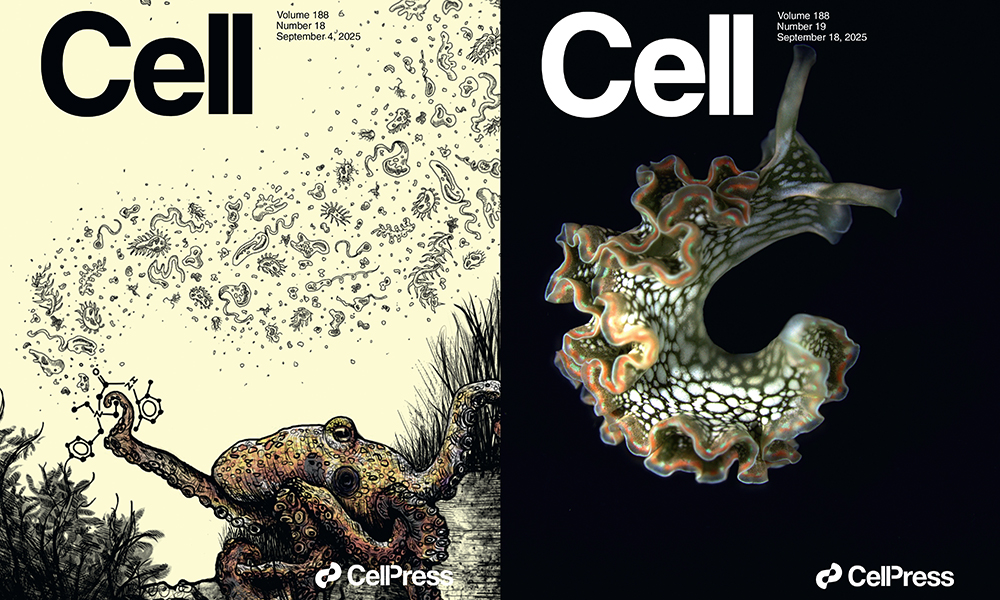Long before flowers painted the planet in brilliant colors, some of Earth’s earliest plants were glowing—not with pigment, but with heat. A new study from the lab of…
A long-standing mystery in microbiome research—how a gut-bacterial toxin physically damages human DNA—has finally been solved through a close collaboration led in part by researchers in the Victoria…











